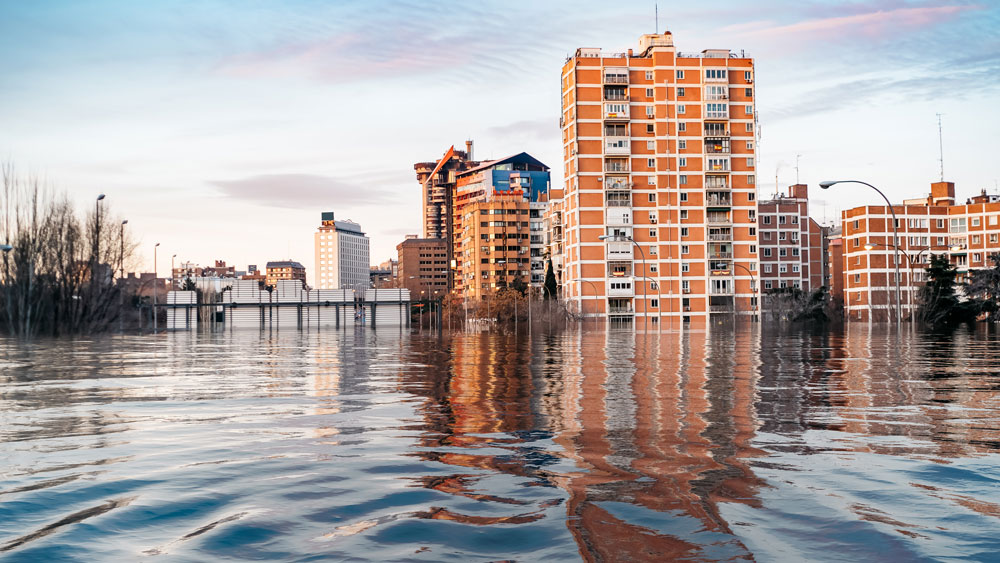
When a natural disaster strikes, not all buildings will weather the storm.
Even the smallest crack can cause the structural integrity and resiliency of a building to suffer, making it unsafe for people to live and take shelter in.
Basing his work on hurricane scenarios, Samuel Leach, a Ph.D. student in the Zachry Department of Civil and Environmental Engineering at Texas A&M University, is developing computational models that can relate building damage and structural characteristics to the overall state of a building post-disaster under the guidance of Dr. Stephanie Paal, assistant professor in the department. He is also developing a method to detect damage using drone footage.
This data-driven approach to evaluating structural resilience could not only make buildings more able to withstand catastrophic events, but also streamline the repair process to allow people to return to their homes quicker.
“Once we have these models we can use them to understand what features of a building affect its structural resiliency the most. If we can figure that out from this model, then we can include that information in building codes and try to make suggestions about what should be implemented in future construction to make these buildings more resilient,” said Leach.
His project is funded by the 2019 National Science Foundation’s Graduate Research Fellowship Program (GRFP), which Leach was recently inducted into.
Founded in 1952, the GRFP recognizes outstanding graduate students in STEM across the nation. Each year, this prestigious organization evaluates proposed research projects based on intellectual merit and broader impacts.
“My (project) goal is to be able to use structural evaluations from hurricane damaged areas, as well as pictures and video footage, to develop a framework and algorithm to try and relate what factors affect structural resiliency,” said Leach.
It is currently the responsibility of structural inspectors to go out and evaluate the damage and resiliency of effected buildings. While this traditional approach works, it takes time. They can only walk through so many buildings in a day due to being limited by both the proximity between buildings, the size of each structure and the roadway conditions connecting each.
However, by combining the potential analytical and damage-detecting abilities of Leach’s computational model with the agility and usability of a drone, inspections could be completed in a fraction of the time.
“If I can give (the model) drone footage of a building, it can identify the damage on that structure and then incorporate that with structural evaluations done by human inspectors," said Leach. "This can be used to develop other models that can classify these structures on a scale of livability. Hopefully we can implement this model into communities as a faster and more efficient way to handle post-disaster response.
“Knowing that I could actually make a difference in building safety and seeing the results of things like Harvey, it’s definitely something near and dear to my heart and I have a passion for national disaster recovery. This won’t only help structural engineering as a general field, but it also may help families not lose their house or, if they do, it will allow communities help them get on their feet more quickly.”